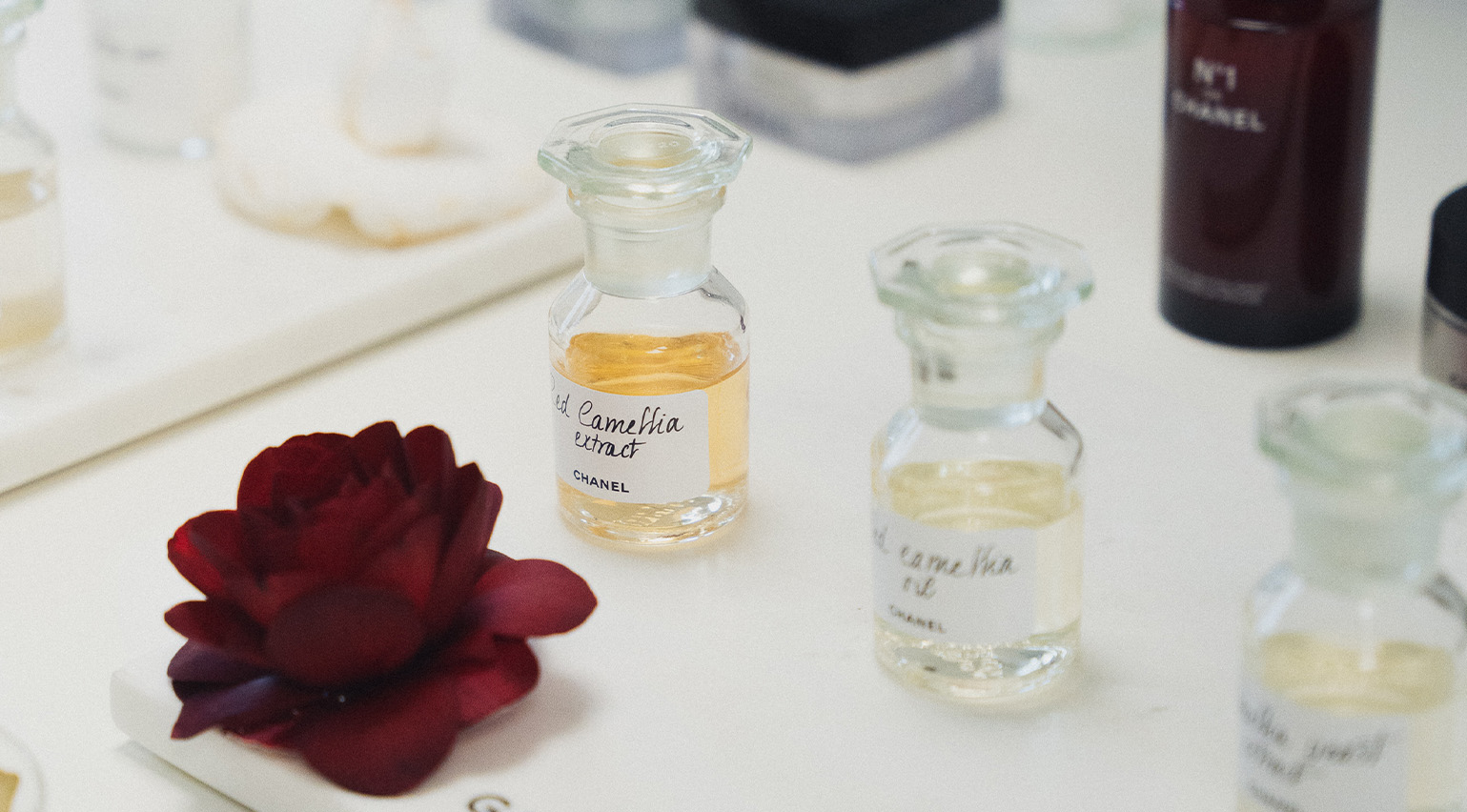
At the Chanel Open-Sky Lab in Gaujacq, the camellia (one of Gabrielle Chanel’s enduring sources of inspiration) blooms. This flower was said to be her favourite of all, embodying the couturier’s signature style through effortless beauty and clean, graphic lines.
In 1924, Chanel brought its first make-up line to the market, which was soon followed by skincare in 1927. Each lotion, cream or soap contained floral extracts from the horticulture planted in the fields at Grasse, where ingredients for the house’s signature fragrances – ‘Chanel No.5’ and ‘No.22’ – were also cultivated. One such product was the ‘Huile de Jasmin’ facial oil, loved for its revolutionary non-greasy texture and delicate scent designed to evoke the rolling natural landscape of the world’s perfume capital.
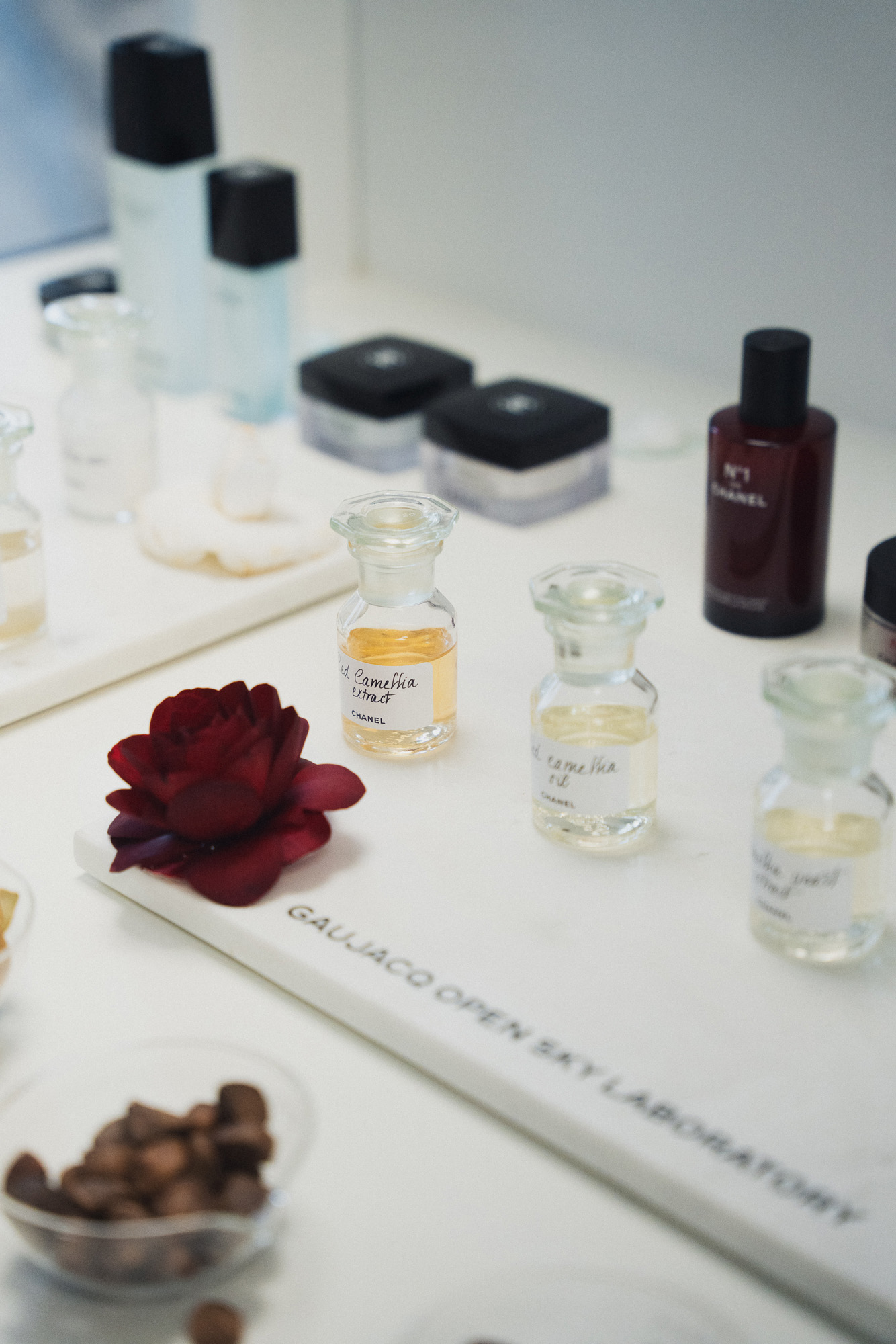
Inside the Chanel Open-Sky Laboratory in Gaujacq
Still sold today, the oil also contains camellia extracts. But it wasn’t until the late 1990s that Chanel scientists began exploring the full cosmetic potential of this flower. They were particularly intrigued by its ability to thrive in harsh winter conditions. Research soon commenced into its ‘senescence program’, or lack thereof. (To put it in layman’s terms: the camellia is not genetically programmed to die). Here, they discovered that the Camellia Japonica variant in particular, contains a veritable goldmine of restorative and revitalising compounds that could be harnessed in skincare.
Camellia Japonica is now the principal ingredient in Chanel’s ‘Hydra Beauty’ and ‘N°1 de Chanel’ skincare collections. It’s the powerhouse behind products like the ‘Hydra Beauty Crème’ (which I would describe as ‘a facial in a jar’) and the new ‘N°1 de Chanel Revitalising Eye Serum’, which visibly tightens and brightens the skin. The effects of said products are rather miraculous. And this is in thanks to place they are made – Chanel’s Open-Sky Laboratory in Gaujacq – where science and magic feel like one and the same.
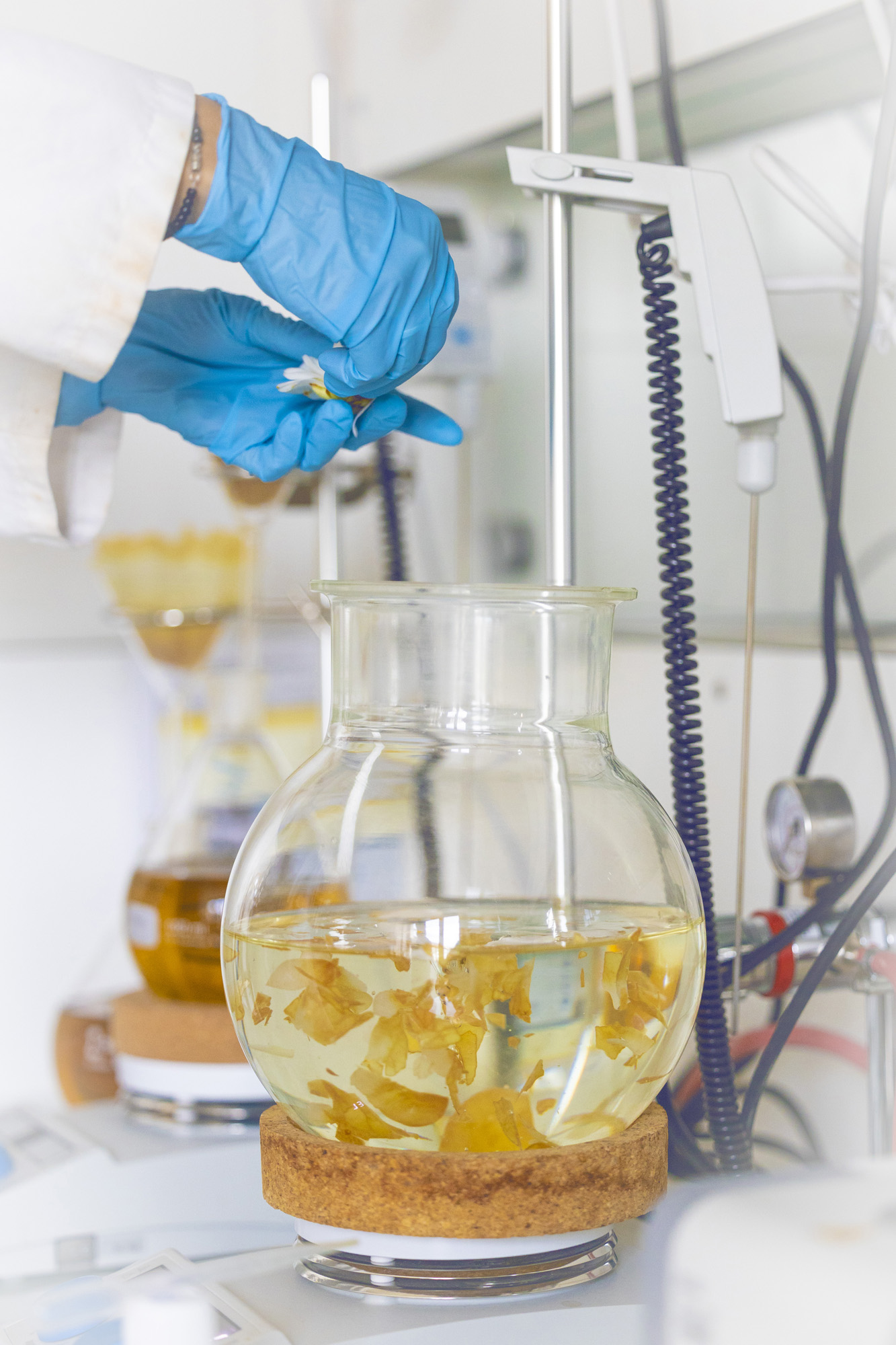
Located in a small village in Southwestern France, The Gaujacq Open-Sky Laboratory is a place where 3,000 plants are grown, harvested, and researched; where scientists and farmers are constantly collaborating on new methods of sustainable agriculture; where species have been saved from extinction and reappeared in the region having vanished for decades. It is made up of three main sites: a conservatory garden that houses 2,000 varieties of camellias; the on-site phytoanalysis laboratory, where the Chanel Research team studies the camellia; and the farm, which comprises of 70 hectares of farmland, 40 hectares of which are devoted to camellias.
Here, Chanel has created a mini-ecosystem and research centre in one. ‘This is very important for us, because it allows us to be near the plant, to study in detail the effects of the seasons and the [different] agricultural practices we have,’ says Nicola Fuzzati, Director of Innovation and Development of Cosmetic Ingredients. (Chanel has four other open-sky laboratories, in Madagascar, Bhutan, Costa Rica and Grasse. But Gaujacq is unique in that the farm and laboratory are on the same premises).
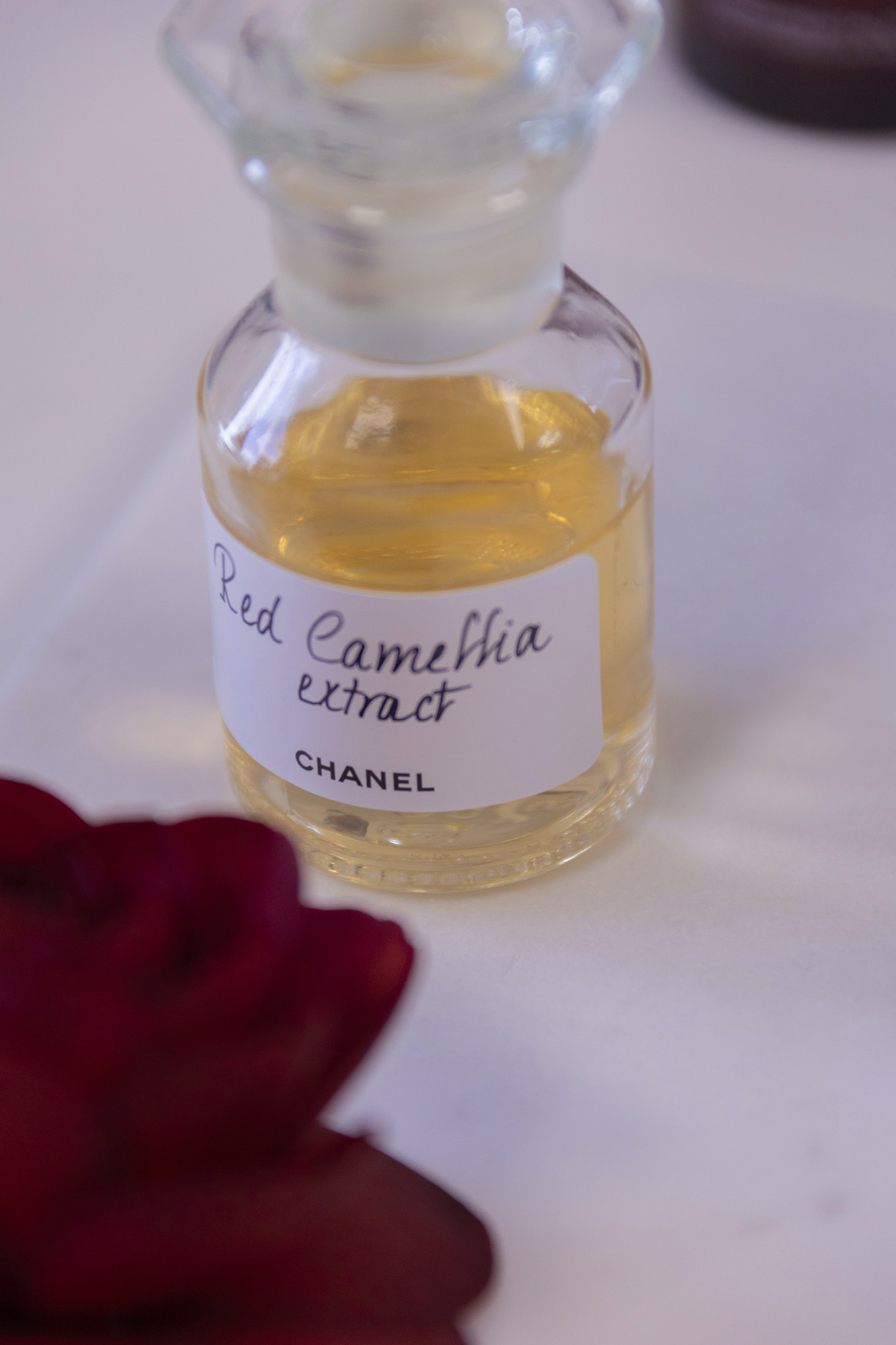
The Camellia Japonica is farmed without any chemical inputs, according to a complex, experimental cultivation method developed by the Crop Operations Manager, Philippe Grandry. This consists of creating a symbiosis between the plants, the soil and the water that nourishes them, through surrounding the camellia plant with a strategic network of trees, shrubs, bushes and ground cover plants. ‘We want to make our environment better.’ says Fuzzati. ‘In conventional agriculture, you kill the biological life living in the ground. Our practice allows us to restore living organisms in the ground, and consequently grow [healthier] plants.’
Once the camellias are ready to be harvested in the spring, they are picked by hand and then immediately frozen to preserve the integrity of their active molecules, before being delivered to the laboratory. There, Fuzzati and his team engage in an endless process of analysing every facet of the camellia, formulating patented ingredients exclusive to Chanel Beauty.
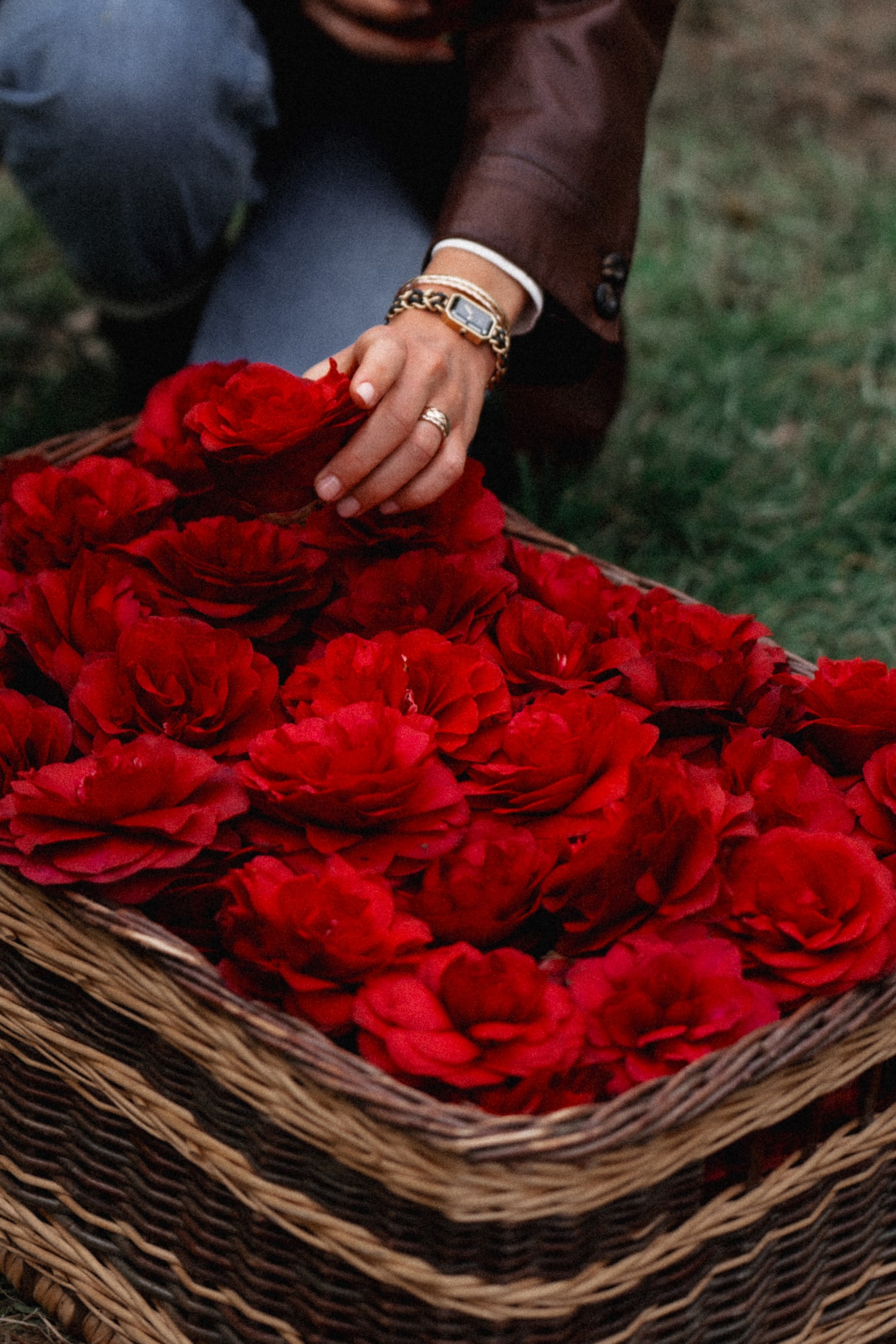
‘From the camellia, Nicola and his team have the opportunity to create different active ingredients,’ says Chanel’s International Scientific Communication Director, Armelle Souraud. ‘With the technology in his lab, Nicola has created a kind of ID Card of the plant that allows him to see exactly what is inside; to know exactly what we want to focus on and to eliminate all the elements we don’t. In the end, rather than using the total plant, we obtain a pure concentrate of the molecules we are interested in. It’s a customised, tailor-made process.’
These ingredients include ‘Camellia Alba PFA’, a pure extract of the white camellia flower that has a unique ability to help skin maintain an optimal moisture level within its cells. (This is one of the foundational components of the ‘Hydra Beauty’ range). There’s also the red camellia flower and its ‘The Czar’ extract, the core of the ‘N°1 de Chanel’ line. Across both, Camellia yeast extract is a patented active ingredient Chanel co-developed with experts in Japan, which protects and hydrates by reinforcing the skin barrier function.
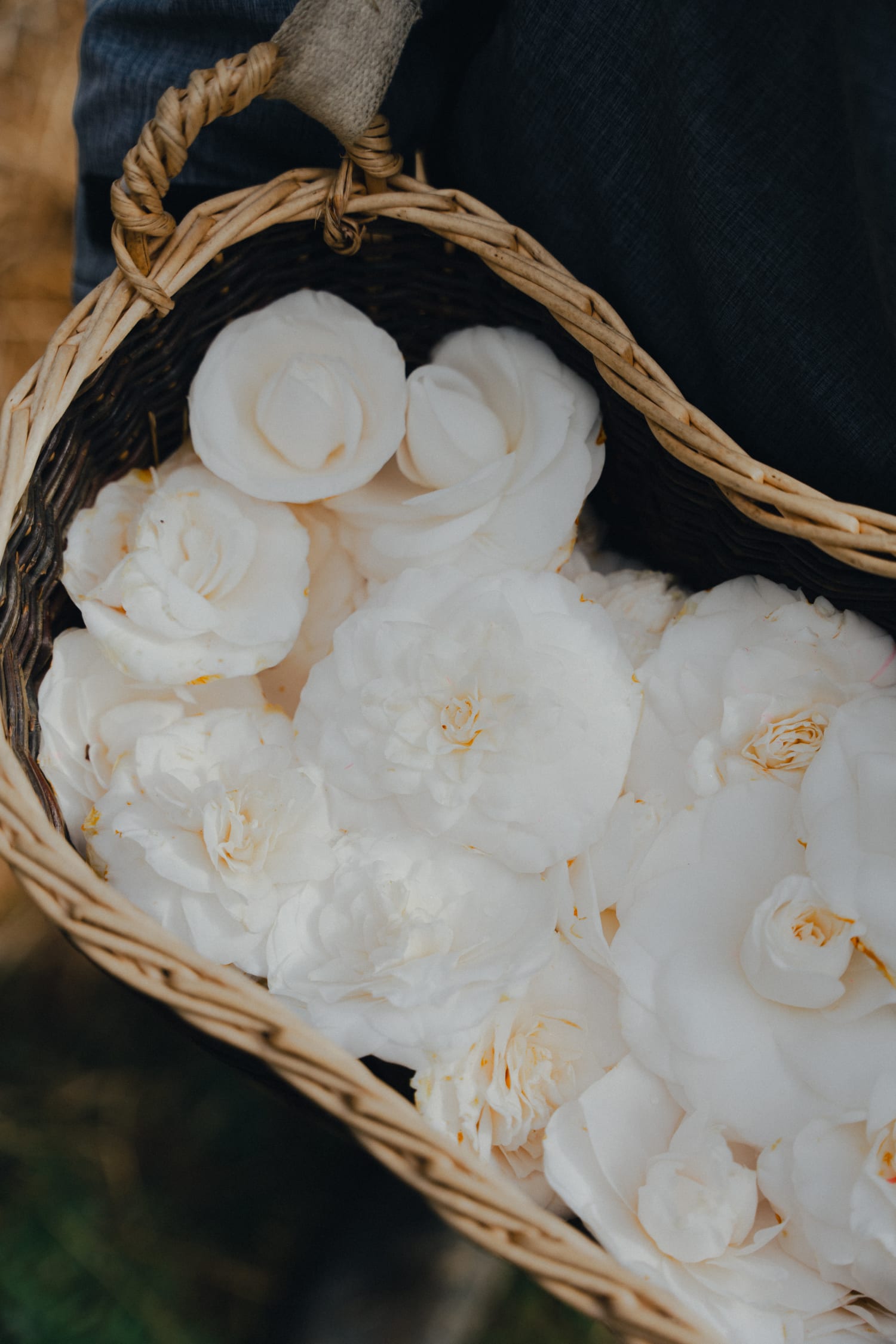
The Gaujacq project began in 1998, but it was not until 2009 that Chanel had its first harvest of Camellia Japonica. Whilst patience is key to its success, so is longevity. Creating an environment that endures is paramount to those at the Gaujacq Open Sky Lab, who are already looking forward to the next 20 years, at least.
‘Our objective is to inspire the younger generation and to show how to benefit the region by doing things differently. This is why students sometimes come to the lab at Gaujacq to learn about our practices and research,’ says Fuzzati. ‘The same is true of the farmers around Gaujacq who we speak to about different ways to harvest and to imagine, all together, the future of this land. We don’t want to keep buying more and more land; we want to work with what is already here, to develop a new kind of agriculture, to develop a community.’
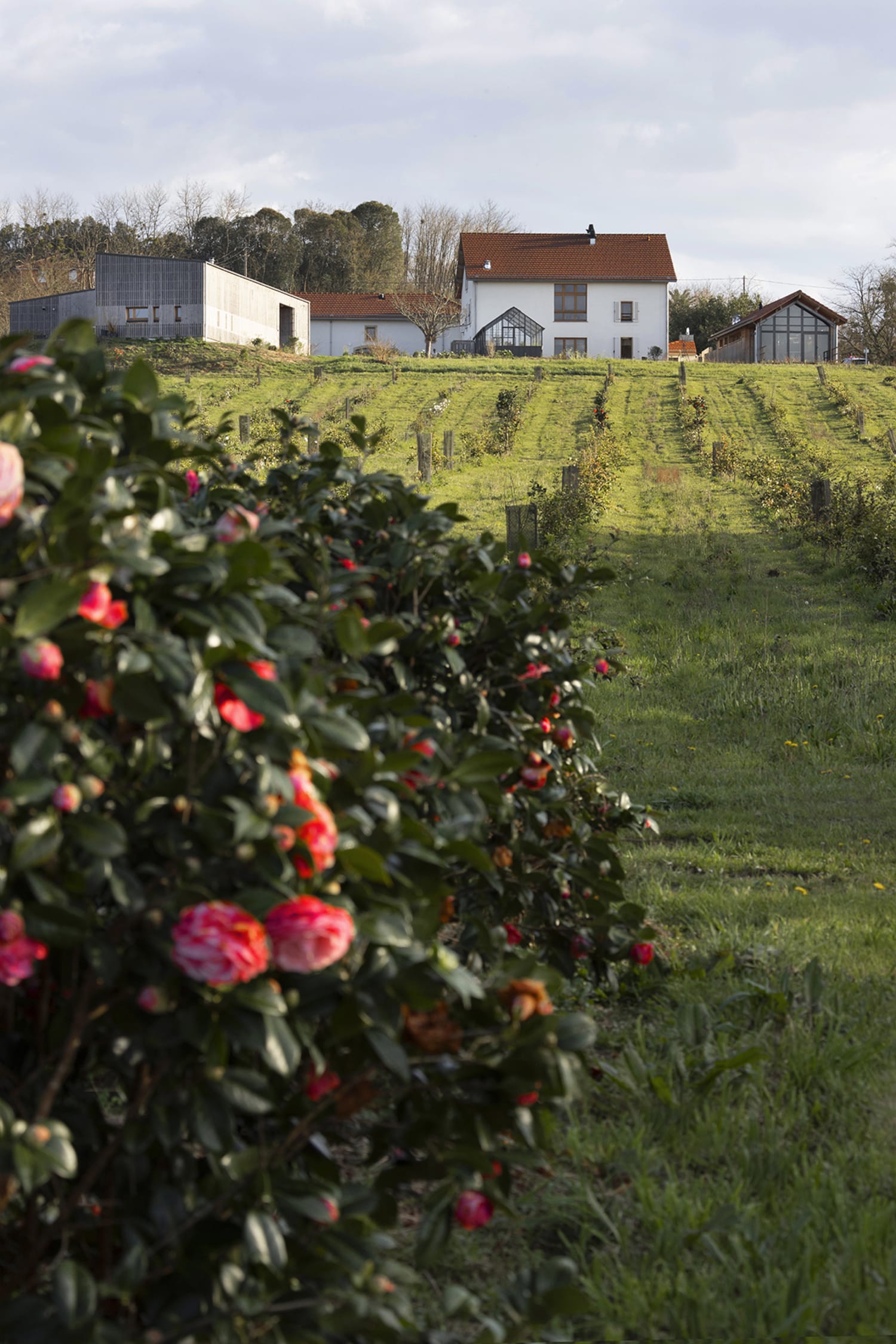
Discover more about The Chanel Open-Sky Laboratory at chanel.com.







